Somalia
Tens of thousands of people in Somalia who were forced from their homes due to drought and conflict in the past year have had their shelters destroyed by flooding, aid agencies said on Friday, sparking fears over the spread of deadly diseases.
In total more than 427,000 people were affected across the country after above-average rainfall saw rivers burst their banks this month, they said. More rain is predicted next week.
“And worst is likely yet to come. With limited access to proper toilets and clean water, it’s a ticking time bomb for disease outbreaks like cholera and malaria,” said Victor Moses, country director for the Norwegian Refugee Council (NRC).
Drought and conflict caused more than 1.3 million people in Somalia to flee their homes since last year, the NRC said.
The country has been mired in conflict since 1991. Its weak, Western-backed government is struggling to assert control over poor, rural areas under the Islamist militant group al Shabaab, challenging the delivery of aid to the most needy.
The NRC said 54,000 people in settlements near the capital Mogadishu have been affected by flooding.
Across Somalia the rains have forced more than 175,000 people from their homes or shelters, the United Nations Office for the Coordination of Humanitarian Affairs (OCHA) said.
Main roads to Mogadishu are impassable, with large areas of crops damaged.
“We hoped to give people some more food security in the coming months when the crop matured, but that is at stake now when in some areas they have been completely destroyed,” NRC’s Moses told the Thomson Reuters Foundation.
More than 174,000 people were affected in Baidoa, 250 kilometres (155 miles) northwest of the capital.
Another 120,000 people were displaced in Belet Weyne town, one of the worst affected areas, near Ethiopia’s border after the Shabelle river rose four metres and burst its banks.
“We’re having trouble getting aid into some of these areas. The runway there is not serviceable for fixed-wing aircraft, and we don’t have humanitarian helicopters,” Justin Brady, head of office for OCHA in Somalia, said by phone.
While the annual rains are expected to ease drought conditions caused by four consecutive poor rainy seasons, the flooding is likely to worsen a fragile humanitarian situation, the United Nations said.
Before the floods struck, an estimated 5.4 million people needed emergency aid, including food, water and shelter. Funding for humanitarian assistance was already insufficient and would now be further stretched, the United Nations said.
Thomson Reuters Foundation



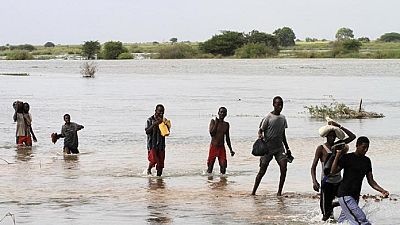

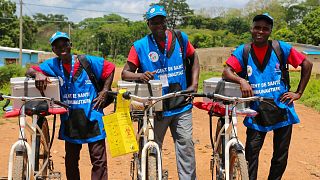


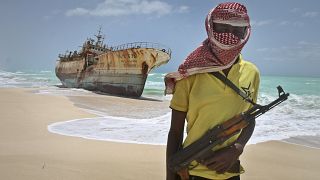

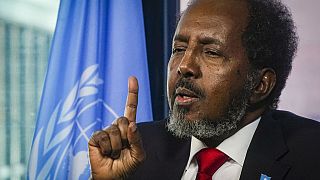
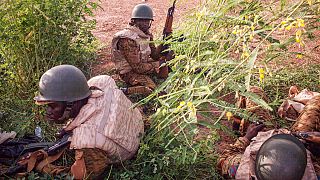
01:01
Israel-Hamas war: Humanitarian aid parachuted into northern Gaza
01:46
Donors pledge $2.1 billion to aid war-stricken Sudan - Macron announces
01:04
Kenya proposes treaty to ease Somalia-Ethiopia tensions
01:32
Pope Francis prays for volunteers killed in Gaza, renews calls for immediate ceasefire
00:40
Easter sunday: pope calls for the end of conflicts
00:59
Somalia parliament passes bill allowing President appoint PM